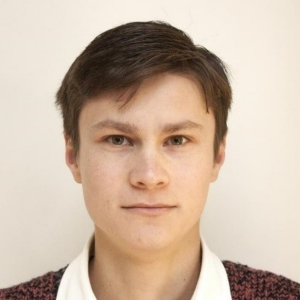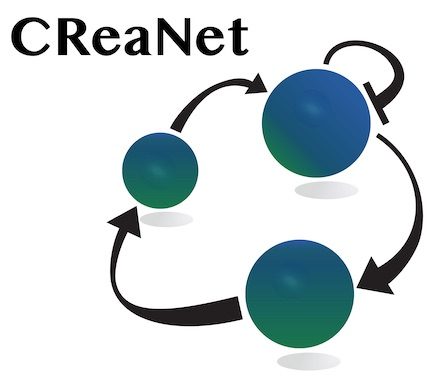
1. Please tell us a little about yourself. Where are you from and what is your research background?
I grew up in Kyiv, where I have finished my studying in college for optical engineering and metrology, then I have continued studying at the Chair of Optics at the Department of Physics where I finished my Bachelor’s after I continued in the same Department as a Master student for one year and applied for an academic mobility to Strasbourg for the second year where I was introduced to the world of biology and chemistry and did my Master project in the laboratory of bioimaging. In the end, I obtained a Master’s degree in Laser Optics and knowledge in Physical Chemistry, which allowed me to expand my view on my academic career path. Nowadays I am a doctoral student at Chalmers University of Technology in Sweden.
2. Tell us briefly about the research project you have been doing as a Marie Curie Fellow?
My project is a part of EU founded project CREANET (Chemical Reaction Network) and it aims to study and develop technology that allows us to control the transformation of the bilipid double layer and form lipid nanotube network on engineered surfaces, which will give us the possibility to study the exchange of small reactant volumes within that network.
3. Why did you choose to apply for this particular project?
This project covers almost all my knowledge that I have acquired during my 9 years of studying, basically, it is a multidisciplinary project that includes microscopy, laser optics, surface physics, and physical chemistry. Also, I have seen potential in learning more new techniques for example microfluidic devices and getting new skills in a cleanroom environment (surface fabrication), and that project gives me all those things.
4. As a reasercher, which goals and ambitions do you have for your future career?
Initially, I’ve been thinking to pursue a career in industry and it has not changed, however, I want to remain close to research and development.
5. Who is your favorite scientist?
Since I have a background in optics I find Theodore Maiman (the first laser) and Arthur Ashkin (optical tweezer) as the scientists who discovered one of the coolest, yet necessary techniques.
6. What was your first impression when you arrived in your host country?
Short days in winter and endlessly long days in summer.
7. Why is your project important for society?
As I mentioned above, this project aims to build a system to learn material exchange and it is closely related to the naturally occurring systems that allow for cells to communicate with each other, and studying such processes within artificially made systems could give us answers about more precise mechanism of intercellular communication in the body.
8. Marie Curie fellowship requires a lot of travels, why mobility is important for research?
Mobility, collaboration with other researchers not only within one field helps to move forward research and to create an academic network that can be very important when establishing own research group in Arthur Ashkin’s future.
9. How did you find your passion for chemistry?
I am not a chemist and relatively recently I began to be involved in that field through biology and physical chemistry, and I am always fascinated by that science which allows us to synthesize new materials and substances with different properties and behaviors. I wish at the end of my doctoral program to be able to get competence in that field.
10. Do you have any advice for other young researchers who are considering applying for a Marie Curie fellowship?
Apply for things that you can enjoy or would love to learn!
